What is the tolerance range of precision screws?
What is the tolerance range of precision screws?
Service Hotline
+86760-8787 8587We have more than ten years of production experience in the screw industry, the main products are: 304 blind rivets, 12.9 socket head cap screws, black zinc plated enlarged flat washers, GB901 blackened stud bolts, round lock nuts, GB6184 all-metal nuts, PVC Rigid PVC DIN933 screws, Zihuasi non-rust gaskets, nut screws for locking furniture, special screws for S-shaped guardrails, screws of various specifications, screw rods, color-plated diagonal gaskets, all kinds of stainless steel, GB16674.1 screws and other fasteners, due to the different materials and specifications of the products, the prices are also different, please contact us if necessary.


Earless retaining ring (known as Constant Section Rings abroad) is also called constant section retaining ring, because the cross section is equal, and there is no ear part protruding from the traditional stamping retaining ring, so it is called earless retaining ring. Earless retaining ring and spiral retaining ring have similarities in production, processing and use characteristics. They are both flattened and wound by steel wire. After heat treatment and surface treatment, they have good elasticity and toughness. Earless retaining ring is divided into two types: shaft use and hole use, and there are various forms of tail ends to choose from. The application of earless retaining ring is the same as that of traditional C-type retaining ring, which is widely used in hydraulic parts assembly, valves, instruments, various lock core components, needle roller bearings, pulleys, connectors, quick connectors and other mechanical assemblies.
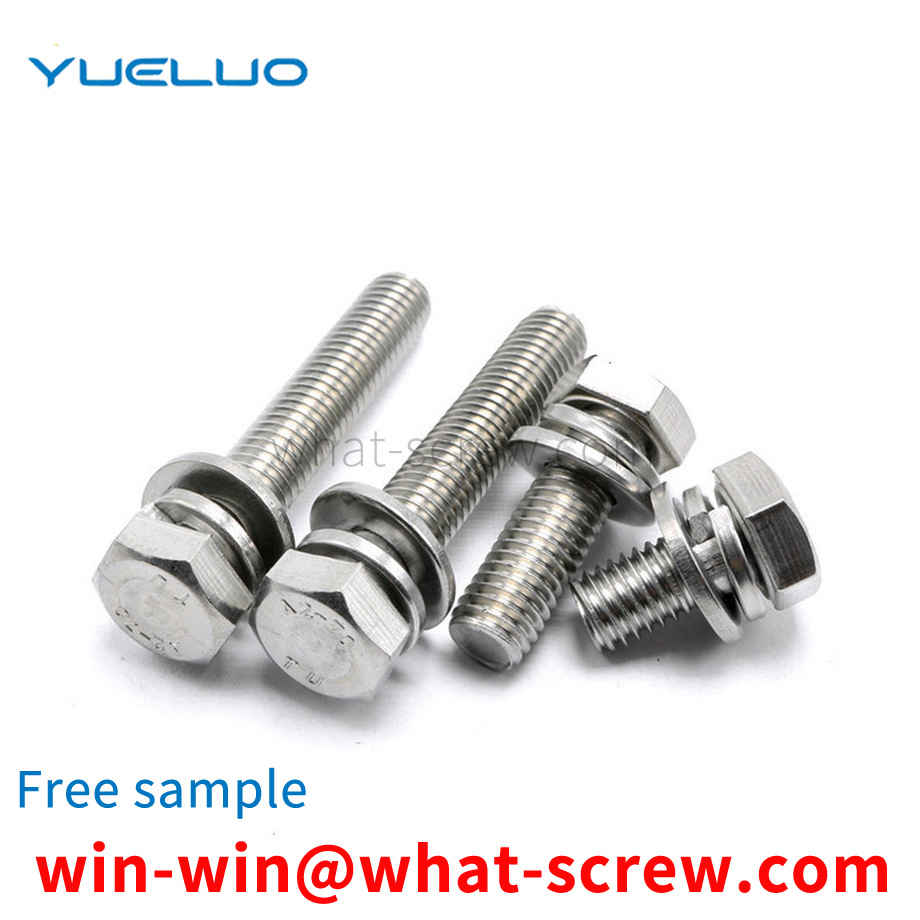
The gasket refers to the part between the connected part and the nut, which is generally a flat metal ring, which is used to protect the surface of the connected part from scratches by the nut and disperse the pressure of the nut on the connected part.
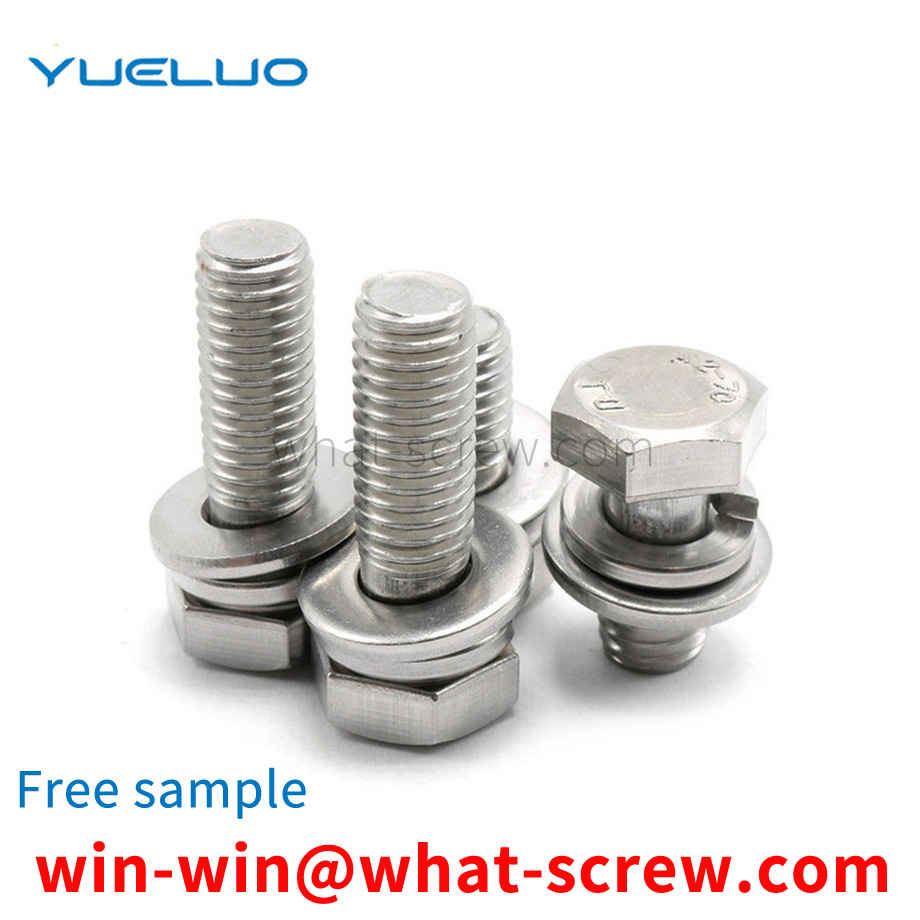
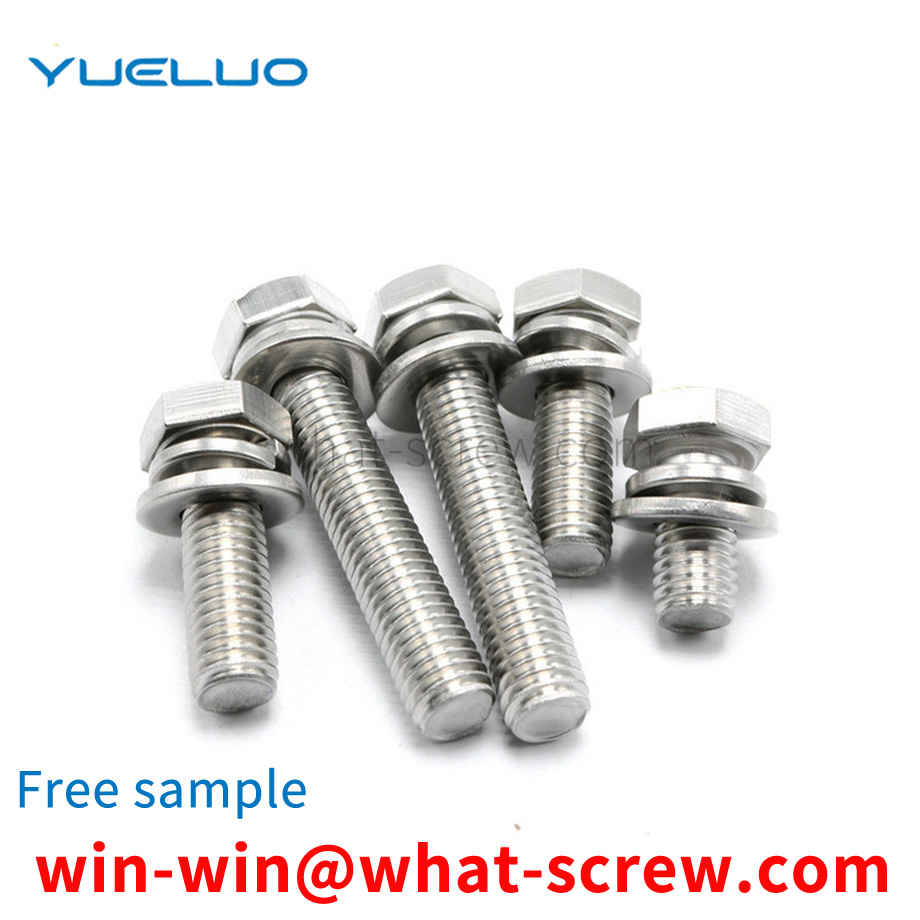
The bolt thread is generally cold worked, so that the thread blank within a certain diameter range passes through the rubbing (rolling) wire plate (die), and the thread is formed by the pressure of the wire plate (rolling die). The plastic streamline of the threaded part is not cut off, the strength is increased, the precision is high, and the quality is uniform, so it is widely used. In order to make the outer diameter of the thread of the final product, the required thread blank diameter is different, because it is limited by factors such as thread accuracy and whether the material is coated or not. Rolling (rubbing) thread is a processing method that uses plastic deformation to form thread teeth. It uses a rolling (screwing plate) die with the same pitch and tooth shape as the thread to be processed, while extruding the cylindrical screw blank, while rotating the screw blank, and finally transferring the tooth shape on the rolling die to the On the screw blank, the thread is formed. The common point of rolling (rubbing) thread processing is that the number of rolling revolutions does not need to be too much. If it is too much, the efficiency will be low, and the surface of the thread teeth will easily cause separation or random buckle. On the contrary, if the number of revolutions is too small, the diameter of the thread is easy to be out of round, and the pressure at the initial stage of rolling increases abnormally, resulting in a shortening of the life of the die. Common defects of rolled threads: cracks or scratches on the surface of the thread part; random buckles; out of roundness of the thread part. If these defects occur in large numbers, they will be discovered during the processing stage. If the number of occurrences is small, the production process does not notice these defects and then circulates to users, causing trouble. Therefore, the key issues of processing conditions should be summarized, and these key factors should be controlled in the production process.
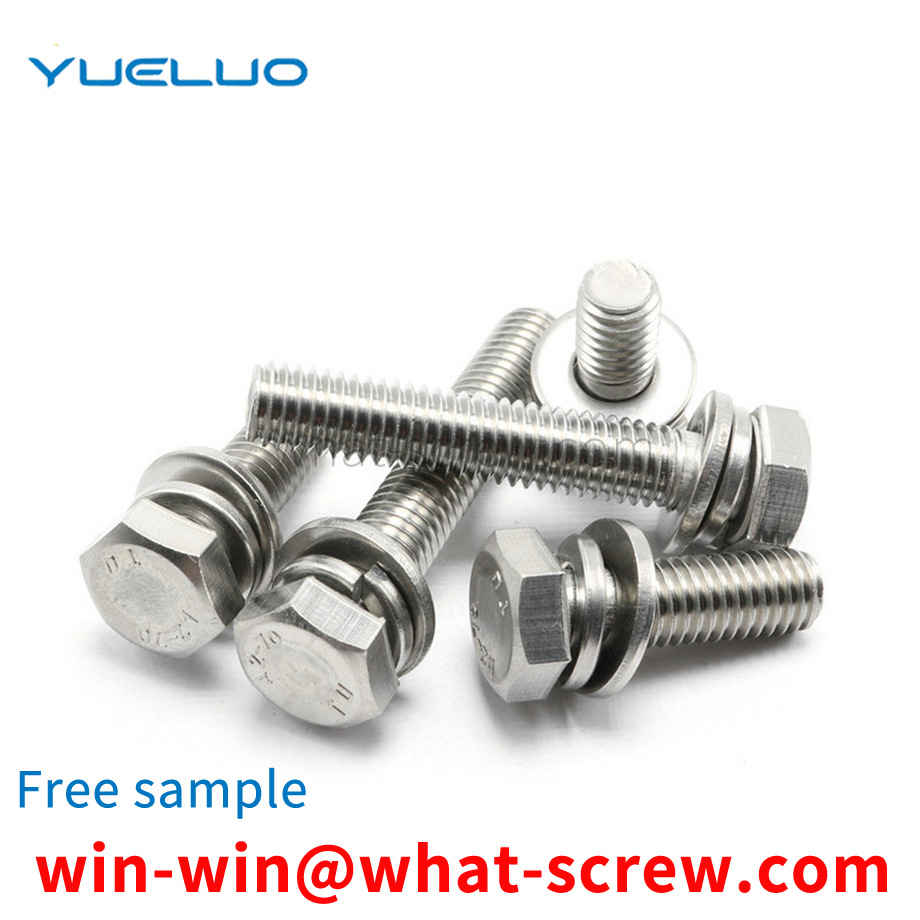
Self-tapping screw is a kind of threaded fastener that self-tapping and drilling the matching female thread in the pre-drilled hole of metal or non-metal material. When using self-tapping screw, a flat washer is often required to protect the fastening surface. Traditional When the self-tapping screw is used, the flat pad is easy to fall off, resulting in low work efficiency. In view of this, we propose a combined structure of the stuck self-tapping screw spring washer that prevents the flat pad from falling off.
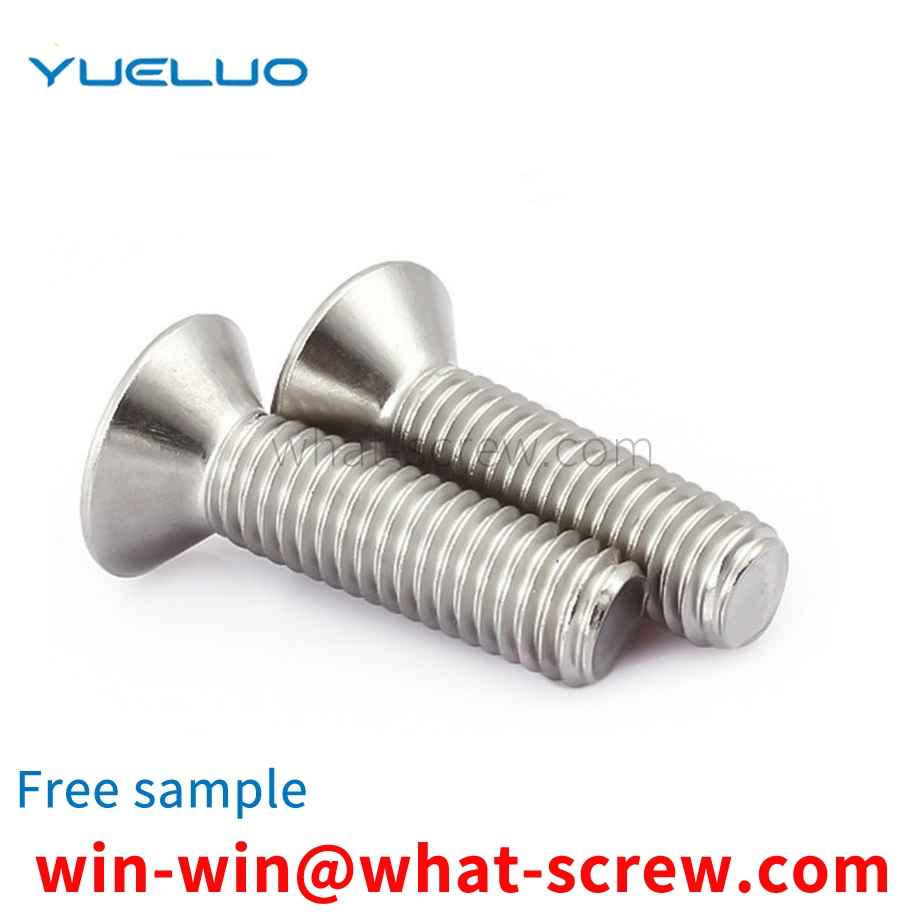
The above content is uploaded by Yueluo or the Internet. If there is any copyright issue, please contact [email protected].

What is the tolerance range of precision screws?

How to choose the right stainless steel screw manufacturer?

Why is there an R angle under the head of the hexagon head s...
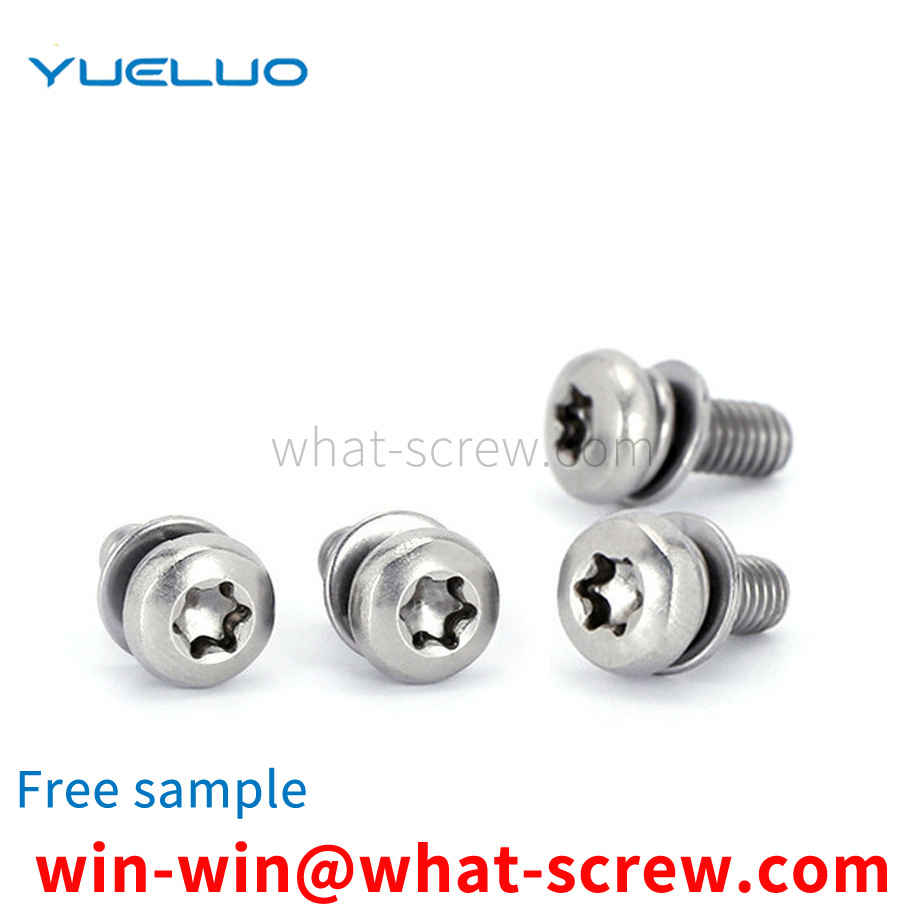
We have more than ten years of production experience in the ...

We have more than ten years of production experience in the ...

We have more than ten years of experience in screw industry ...
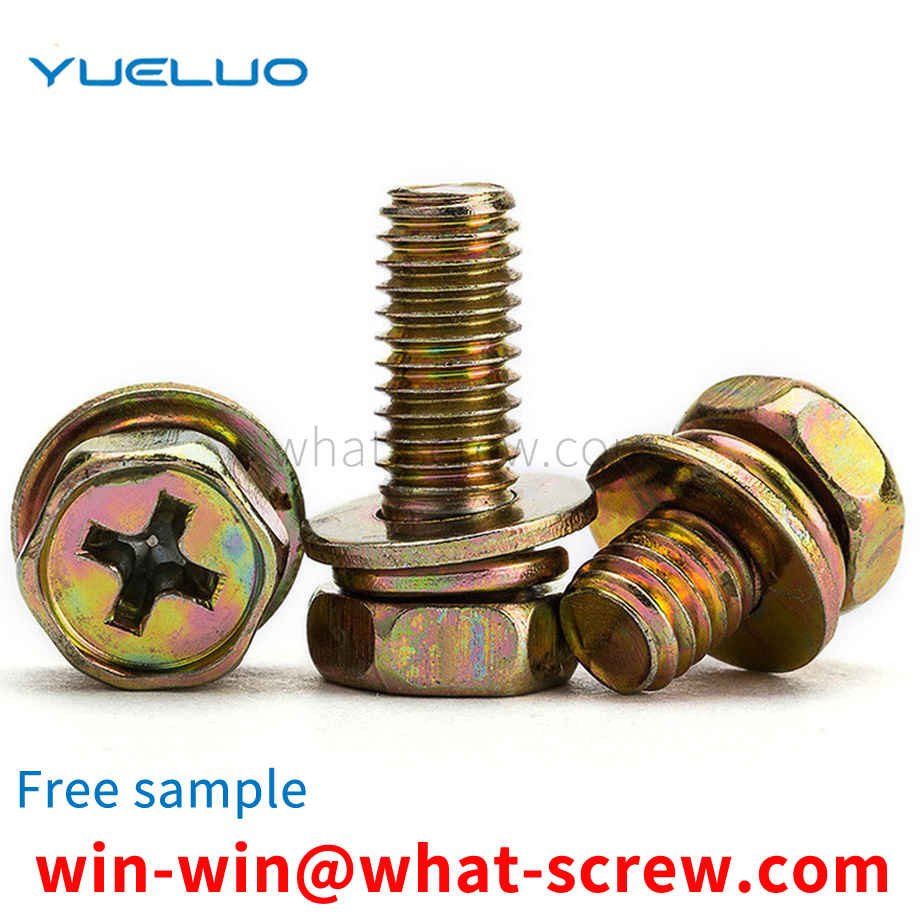
We have more than ten years of production experience in the ...